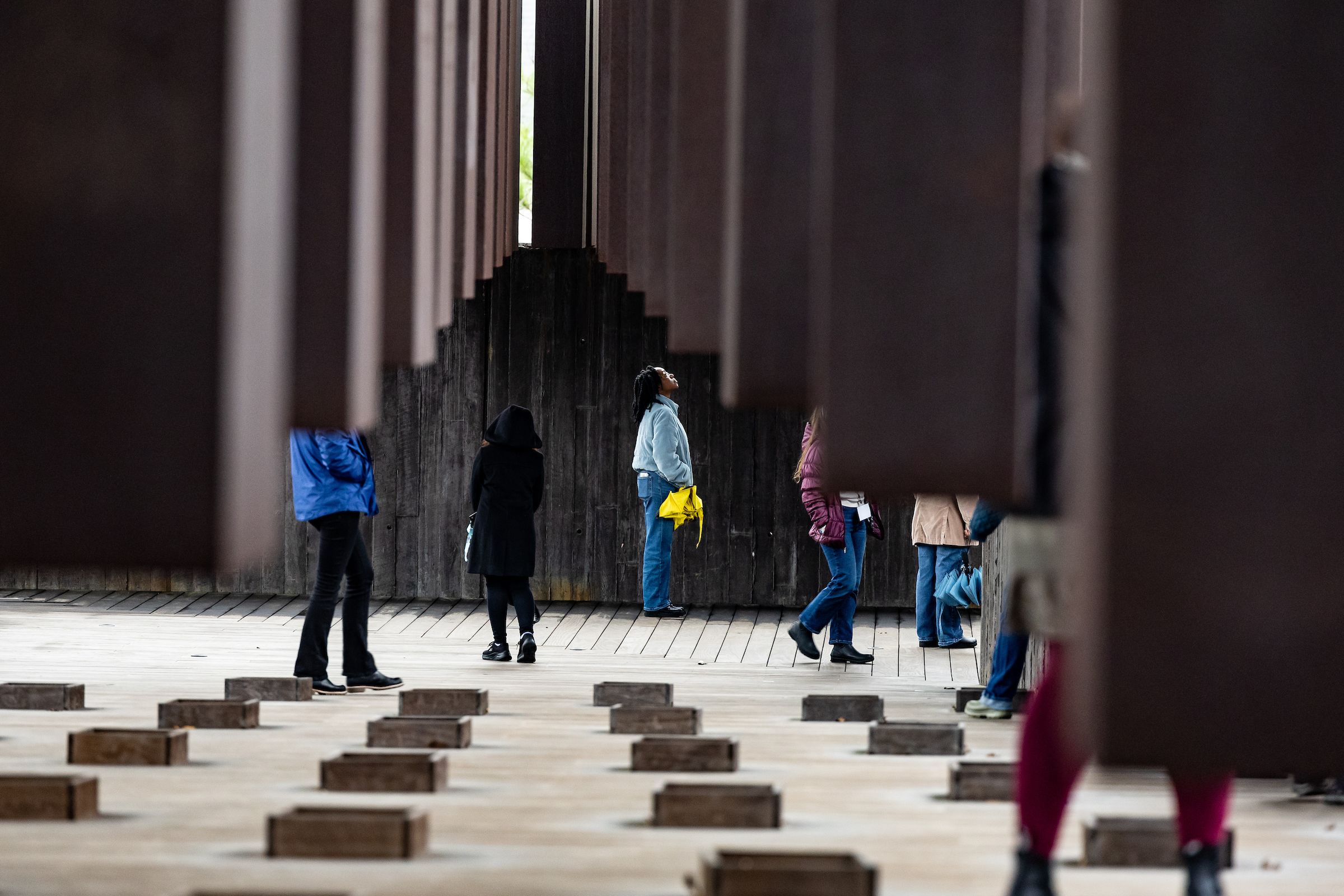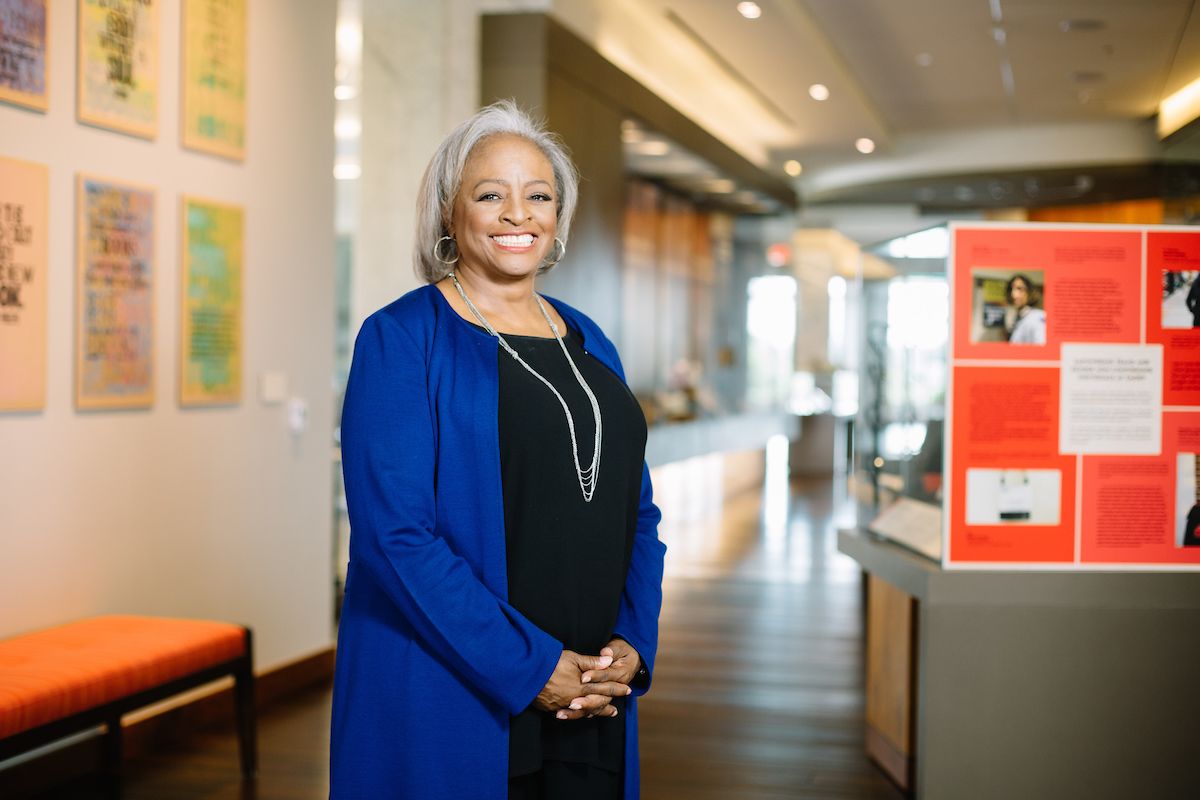Facing History
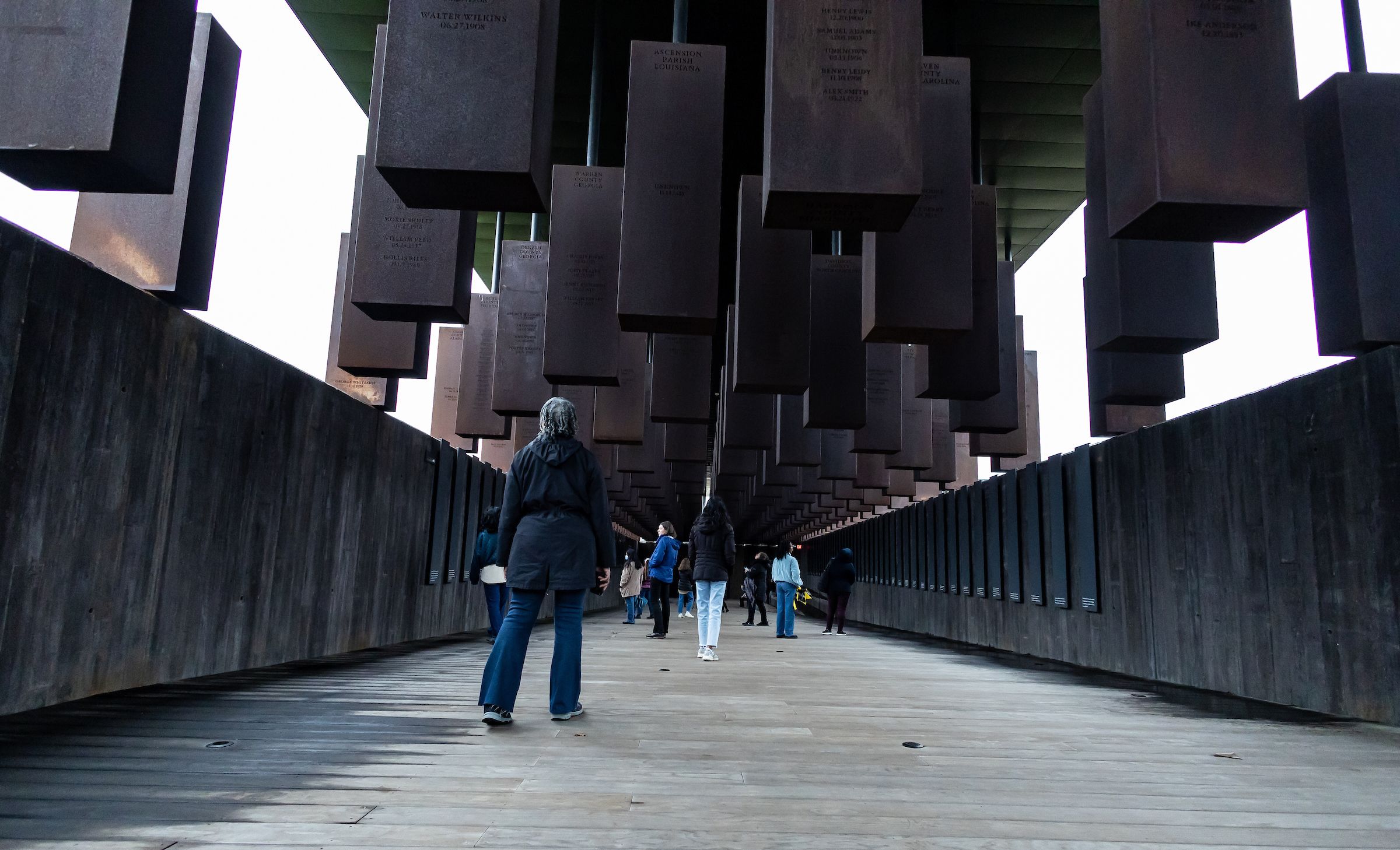
Facing History
Emory University | Feb. 2, 2023

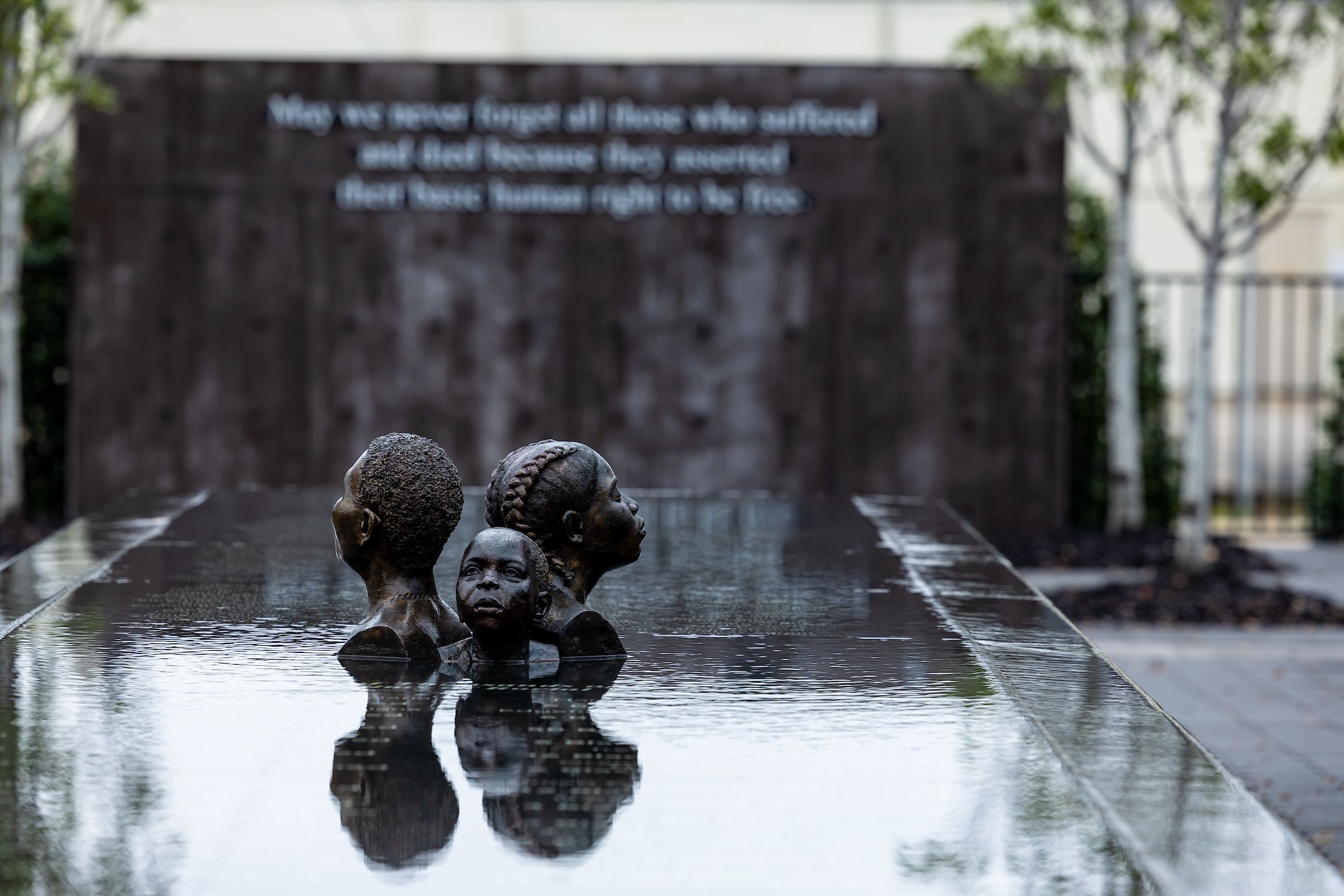
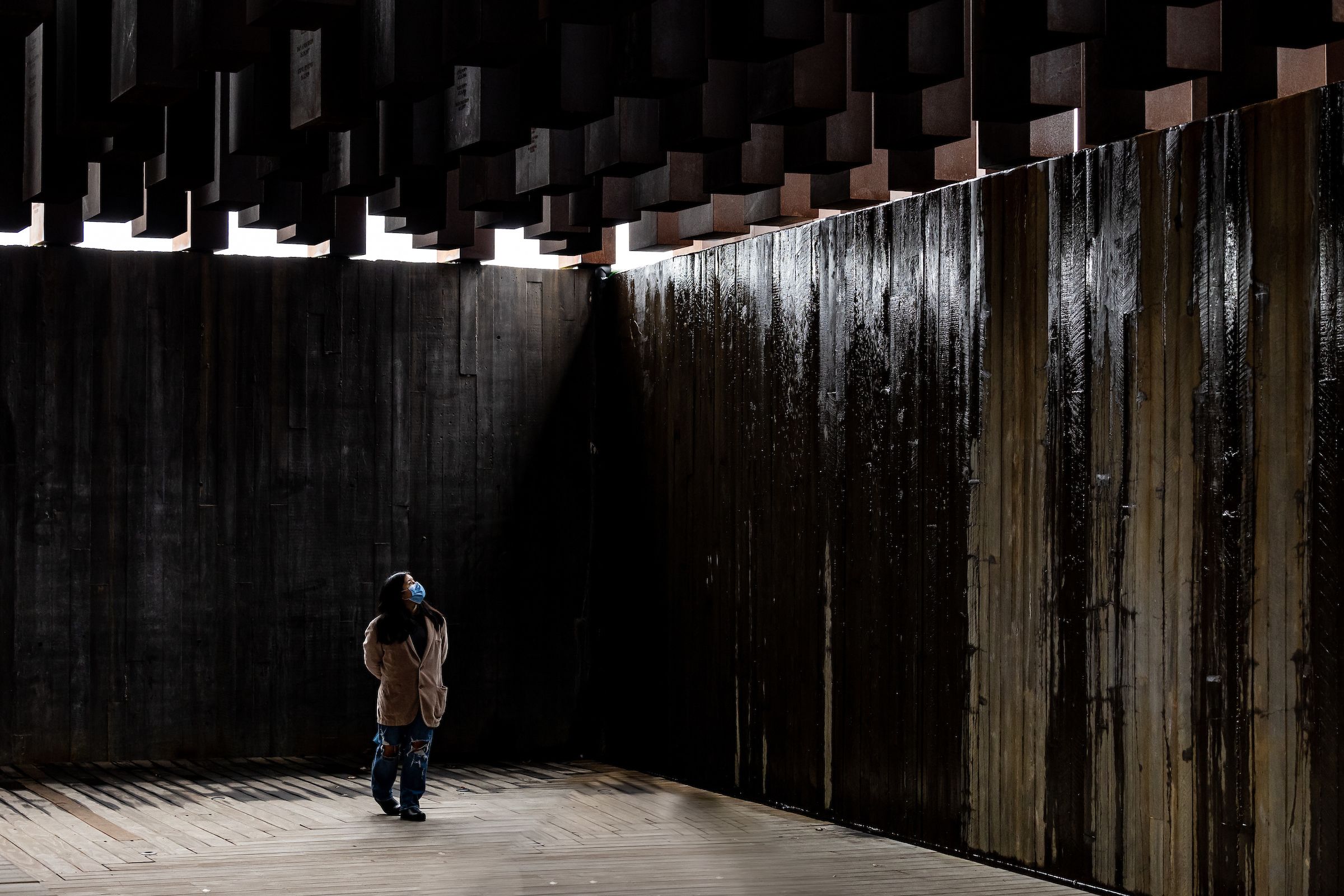
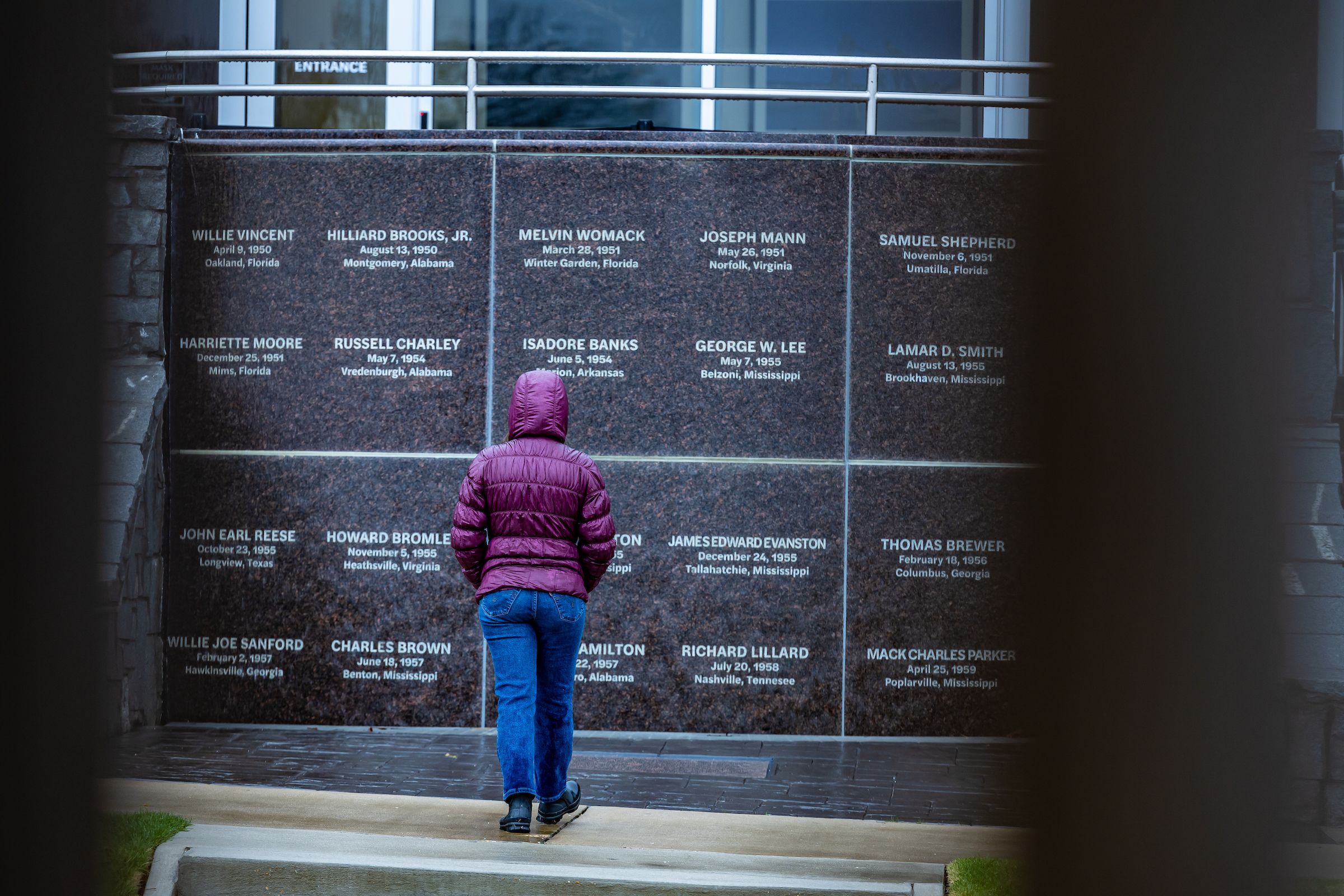

This remembrance lines the wall outside of the Legacy Museum in Montgomery, Alabama.
This remembrance lines the wall outside of the Legacy Museum in Montgomery, Alabama.
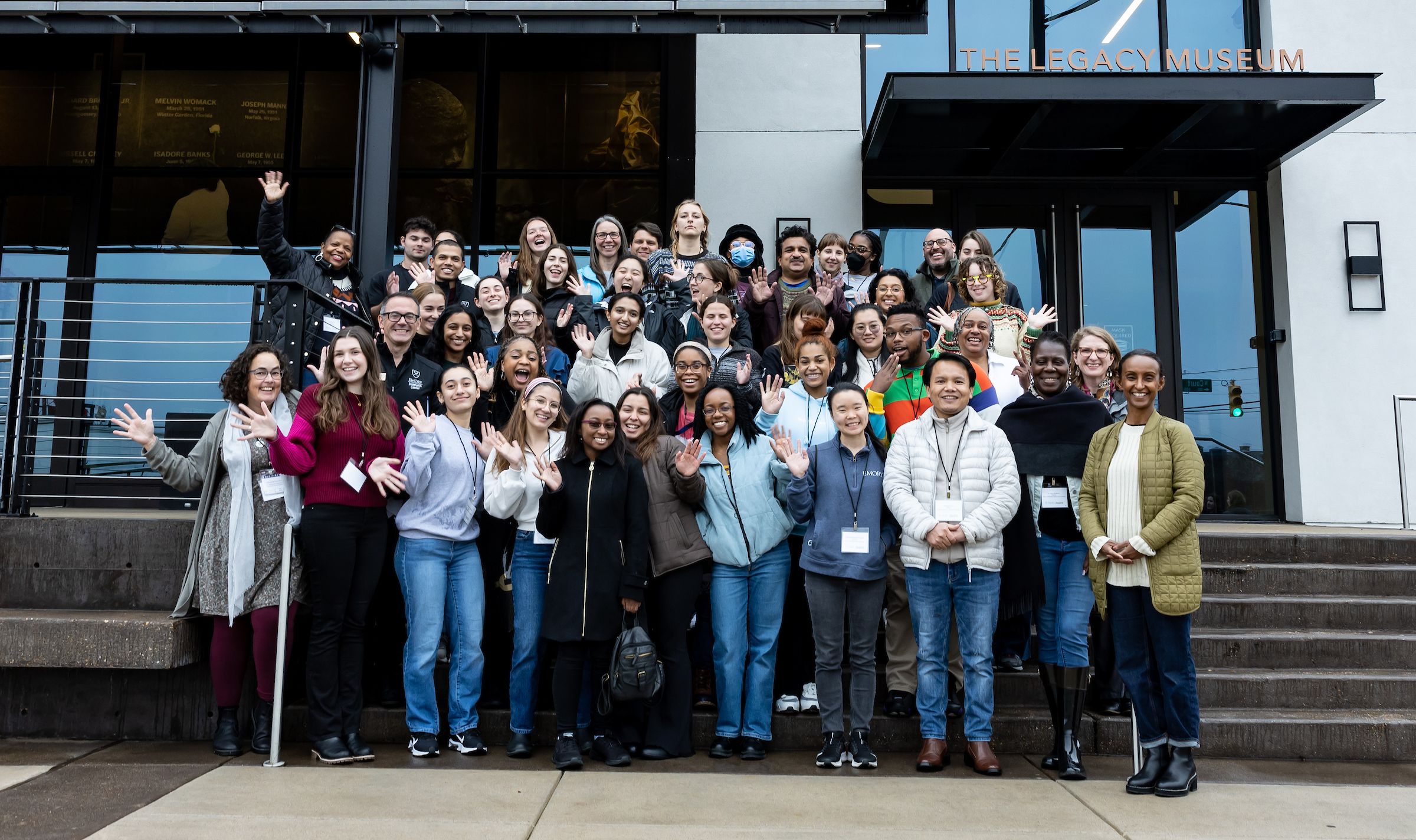
Students, faculty, staff and administrators pose outside of the Legacy Museum.
Students, faculty, staff and administrators pose outside of the Legacy Museum.
Throughout the early 1960s, high school and college students from across the country traveled to the South by bus in order to register people to vote. The civil rights movement was well on its way to changing the future of America, and the youth propelled it. These summer bus trips became known as freedom rides.

This remembrance lines the wall outside of the Legacy Museum in Montgomery, Alabama.
During Emory’s 2023 King Week observances, the Office of Spiritual and Religious Life (OSRL) offered students, faculty and staff the unique opportunity to visit the Equal Justice Initiative (EJI) Legacy Museum and National Memorial for Peace and Justice in Montgomery, Alabama.
Montgomery is the city where Rev. Dr. Martin Luther King Jr. found his voice as a minister and helped lead a 382-day boycott that ultimately integrated city buses. It is also one of the stops freedom riders made along their journey.
The Emory trip was the culmination of a week full of lectures, service days, keynote speeches and other community-engagement events remembering King’s life.
Ahead of the trip, Rev. Greg McGonigle, dean of religious life and university chaplain, said it would give students the space to think about King as an interfaith leader and the importance of strengthening interfaith relationships to advance social justice and eliminate oppressions.
Trip planning was a collaboration among OSRL staff (Zachary Cole, Liz Martin and Caroline Penfield) and Inter-Religious Council student leaders (Ulia Ahn, Jonna Austin and Ella Morgen). Vice Provost Carol Henderson and Dean Enku Gelaye made remarks at the breakfast gathering.
Caroline Penfield, the OSRL program coordinator, grew up in Alabama. She visited the museum and memorial for the first time as an undergraduate student and believes that everyone should have the experience.

Students, faculty, staff and administrators pose outside of the Legacy Museum.
“Sometimes it’s hard for us to fully recognize and work against unjust systems, because they are so established in our culture,” Penfield said. “By providing a detailed history of how enslavement evolved into mass incarceration, EJI shows that, in our time, we are on the same hopeful journey toward justice as those civil rights leaders who we look up to from the past.”
Led by members of the Emory Inter-Religious Council, 50 students, faculty and staff loaded onto a bus on a rainy Sunday morning for the trip. Supplied with journals, attendees were encouraged to write about their experiences throughout the day. Channeling the spirit of the freedom riders, they rode to Montgomery to come face-to-face with the nation’s history.
Their first stop was the Legacy Museum, which tells the story of America from the transatlantic slave trade to mass incarceration.
The museum is divided into five sections: Slavery, Reconstruction, Lynching, Civil Rights and Mass Incarceration. Near the front of the exhibit hall is an installation that resembles the ocean floor with clay-sculpted heads of those who drowned along the way looking up from the depths. As the visitor journeys to land, they enter a section that resembles the auction block and slave pens. Toward the end of the museum, the section on mass incarceration features an area that recreates visiting a loved one who is in prison.
After the museum, students visited the National Peace and Justice Memorial, which remembers people who lost their lives to racial terror lynchings. More than 4,000 people are represented by hanging steel beams, which list the county, state, name of the victim and date of the murders.
Just as freedom riders came from all walks of life, so did members of the Emory community who shared the experience. We spoke to some of them and asked for their impressions before and after their visit.
Here’s a look at some of their journeys:
JOY GREGORY
- Master of divinity student, Candler School of Theology
Why go on the trip?
“I just finished reading “The Cross and the Lynching Tree” by James H. Cone, which is a life-changing book. [Lynching] is a very painful part of our history that isn’t talked about often. I want to learn more and participate in honoring the more than 5,000 people who have been lynched and terrorized in this country. To hear their stories felt like a way to honor these people whose lives were dishonorably taken.”
Surprises:
“I didn’t know slaves had to participate in their own enslavement by selling themselves. They had to talk about their strengths, skills and talents [on the auction block]. They had to partner with these masters who were tearing them away from the families and their children. To think about what that had to do to their psyche was mind-boggling.”
Lasting impressions:
“If we look at Jesus’ life as an example, he lived with the oppressed. He touched, healed and met people where they were. That’s where justice starts. You gotta get close to the suffering. That was the beauty of the trip.”
MIRACLE EJIDIKE
- Senior, human health and bioethics major, Emory College of Arts and Sciences
Why go on the trip?
“I’ve always been interested in doing global health work. ... Learning about the history of minoritized groups such as African Americans will leave me with a fuller understanding about how history has impacted current health outcomes. One of the main public health issues for African American women is maternal mortality, because the textbooks had misinformation about their pain tolerance, which stems from slavery and the Jim Crow era. I want to counteract these biased narratives and create better outcomes for the future.”
Expectations:
“Learning about the experience of people who look like me but lived in a different time is going to be challenging. It’s easy to examine information from a wide lens. However, when it gets to an individual level it’s more difficult, because it makes the stories more personal.”
Lasting impressions:
“The lessons learned from this visit will serve as a powerful reminder of the ongoing struggle for equity and justice and will guide my efforts to promote health and well-being for all.”
WHITTNEY BARTH
- Executive director, Emory Center for the Study of Law and Religion
Why go on the trip?
“From my perspective, it is important to understand how law and religion have shaped American history and ongoing conversations related to race, justice and violence. I was interested to see how EJI addressed law and religion in the telling of the story of moving from enslavement through Jim Crow to mass incarceration.”
Expectations:
“I suspect that being confronted with history will be an overwhelming experience. It’s a short distance from overwhelming to losing hope. I feel a responsibility to work through that and to ask myself, ‘What can I do to make sure the future is different, brighter and not marked with oppression?’”
Lasting impressions:
“I was struck by [activist] Ruby Sales’ quote where she says that it was ‘not only a movement for civil rights, but it was also movement for human dignity.’ This underscores that legal rights are the floor, not the ceiling, when it comes to lasting societal change. ... This visit has renewed my commitment to finding ways to partner with entities and individuals across campus to foster conversations about race, religion and law.”
JASMINE MAHADUMRONGKUL
- Senior, business major, Goizueta Business School
Why go on the trip?
“I’m part of the Inter-Religious Council as a Buddhist representative. I want to know how Buddhism applies to civil rights and social justice. Since I’m from Thailand, I also want to gain knowledge of American history.”
Connections:
“When the anti-Asian hate started, initially I was really scared, and my parents were scared. They suggested I dye my hair brown because I look really Asian, and they thought I wouldn’t be a target if people saw me from the back.
“On this trip, I want to be an empty cup. Without using my own judgment, ego, comparison and bias, I want to learn and gain awareness so I can understand other people.”
Lasting impressions:
“Although we can’t change the past, we can learn from our mistakes and change our present to create a better future by treating others the way we want to be treated. Hence, after my graduation, I plan to go on a meditation retreat at the Vipassana Meditation Center in Thailand to learn more about mindfulness and get ordained as a Buddhist nun. I aspire to become a spiritual leader like the Dalai Lama who spreads love and kindness to heal the world and help others find happiness from within.”
PAUL ENTIS
- Executive director, Tam Institute for Jewish Studies
Why go on the trip?
“As a gay man, in addition to being Jewish, learning about how other communities have weathered repression speaks to me about how I can be an ally and learn about other people’s experiences. This is not as a notion of comparing whose situation is or was worse, but what are the parallels and what are the ways we can affect justice in the world?”
Expectations:
“I expect to feel a sense of sadness and awe about what others have lived through and the resilience that allows folks to bring their whole, and often bruised, selves to difficult conversations about oppression and justice. The legacy of slavery is with us in obvious and less-than-obvious ways. The important work we have to do is investigate the less-than-obvious ways.”
Lasting impressions:
“I realized more deeply that lynching was, in essence, racial terrorism. It was not only a tool of murder, but a way of terrorizing families, compatriots and the Black community writ large. ... I’ll be working this semester with a Tam Institute visiting professor who is teaching a course on Holocaust memory to organize a trip to the National Memorial for Peace and Justice for students in her class.”
CHRISTABELLE TOSO
- Master of public health, Rollins School of Public Health
Why go on the trip?
“As a global health student, I think it’s important to understand that racism is a global health issue and it’s not just in the U.S. We talk about disassembling racism, and we must understand the disparities it creates in order to develop targeted interventions.”
Connections:
“I’m Dominican and there’s a part of the museum that addresses mass enslavement in what is now modern-day Haiti. As Brown people, we are taught to assimilate, not be a problem and not speak up. I don’t have the privilege to say I’m white and I don’t have the experience to say I’m Black, but the EJI experience made me understand this is my history as well. There are a lot of intersections between Black and Brown people.”
Lasting impressions:
“EJI did a good job of painting the picture that this is all of our fight. ... To address the health disparities affecting Black, Indigenous and people of color (BIPOC), we have to understand slavery and mass incarceration. We have to have these conversations, because BIPOC people are the ones who are experiencing these adverse effects.”
JONNA AUSTIN
- Senior, biology major, Emory College of Arts and Sciences
Why go on the trip?
“I’m a member of the Inter-Religious Council, Voices of Inner Strength Gospel Choir and of the WISE Interfaith Pre-orientation team. Religion is something that motivates a lot of people to do social justice work. It’s something they feel their soul is asking them to do. I want to meet people and see how we’re able to come together.”
Expectations:
“I’m expecting it to be difficult, emotional and a lot to process, but I think it will be a good experience.”
Lasting impressions:
“Visiting the museum showed me that even just acknowledging, learning about and bringing attention to issues can set in motion events that cause major change. Seeing the people from all walks of life who played a role in the civil rights movement and all the people in various positions at Emory who came on the trip further showed me that I can enact change in whatever career I end up in.”
Story by Kelundra Smith. Photos by Sarah Woods of Emory Photo/Video. Design by Ruby Katz.
Resources
Emory News Center | Emory University


